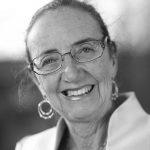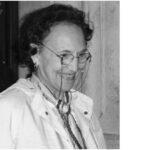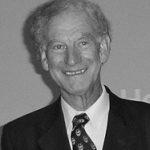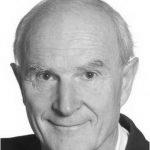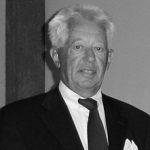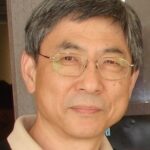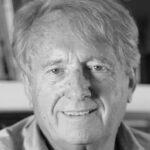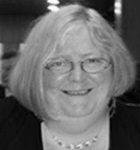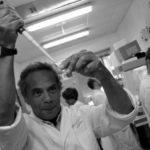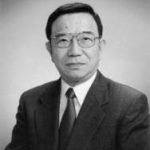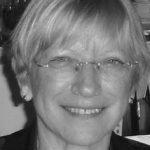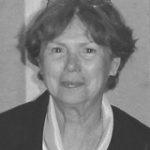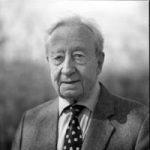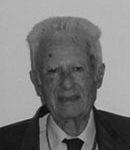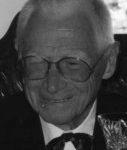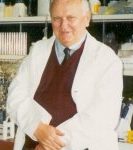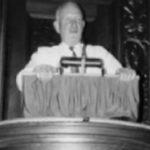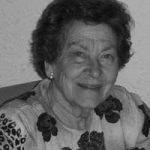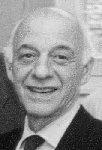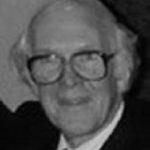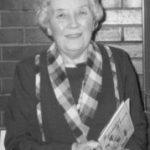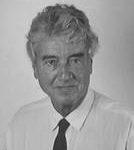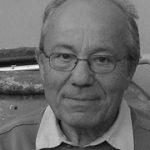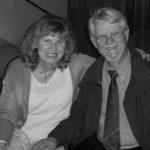Ingrid Olhagen -Uvnäs was born on the 13th of March 1925 in Norrköping, Sweden. After education at a Commercial College, she went to the United States for some years of training and later to France. She worked for SAS the Scandinavian Airway Company for 32 years mostly based at Arlanda Airport. She was appointed among the first group of female traffic assistants – which used to be a male only position. She became chief ground hostess with a staff of several hundreds of people and ended up as Personal Manager before retiring.
Ingrid and Börje Uvnäs met in 1963 through a relative of Ingrid – Börje Olhagen who was Professor of Rheumatology in Stockholm. It was not love at first sight, indeed she found him rather annoying! However, love blossomed and Ingrid accompanied her husband Professor Börje Uvnäs to many meetings in many countries throughout the world.
The first meeting of the Histamine Club (the forerunner of the European Histamine Research Society) was in Paris in 1972. Börje was at that very first meeting and attended all meetings since until his last meeting in Amsterdam 2003. Ingrid has accompanied Börje to all meetings except in 1990 which was held at Kuopio, Finland. This means, she has attended 34 meetings of the 35 annual meetings of the EHRS and so she must be one of the record holders for number of meetings attended.
Ingrid has always played a prominent role in the partner’s programme of the EHRS meetings. Ingrid’s friendliness and charm meant that all newcomers especially those in the partner programme felt part of the “histamine family”. However, Ingrid was always also Börje’s confidant and he told her when the meetings met his high scientific standards or not. After the meetings were over, Börje often wrote to the President of the Society to say what he thought about the meeting organisation and science. After his death, Ingrid took up the role, even though she had to rely on what others told her about the science.
In one meeting –when Börje was to dress for dinner he could not find his shoes but only two different styles of black shoes – one of each of two different pairs of shoes. There was a big fuss and the room maid tried to find the right shoe and the manager even offered to buy new ones. Ingrid then asked Börje - “Could it possibly be that you have packed only one of each kind?” Well he had to use two different black shoes during the dinners for the whole meeting and from then on Ingrid always packed his bags. In contrast to her somewhat absent minded husband (well only with respect to clothing!), Ingrid is always dressed with great care and attention. Her appearance is at odds with her date of birth! Perhaps hard-work, she still works on her and Börje’s farm, does keep you young!
Ingrid is an excellent organizer and always gets things done. She supported and helped Börje in so many different ways and this became even more evident during the last meetings. As he became increasingly frail, Ingrid made sure that he arrived safely at the meeting, with all the correct luggage and that he also took some rest when he needed it. We all owe Ingrid a great deal because of her ways and her support of Börje. She helped Börje Uvnäs retain his role as a major player in our society until his death. We are delighted that her love for the society means that she still comes regularly to our meetings.
